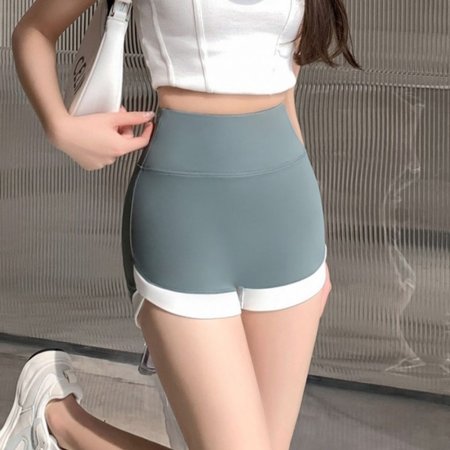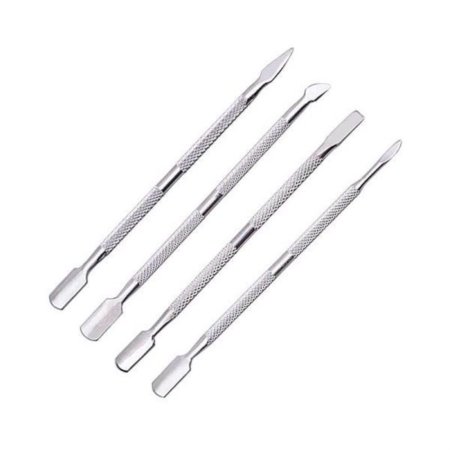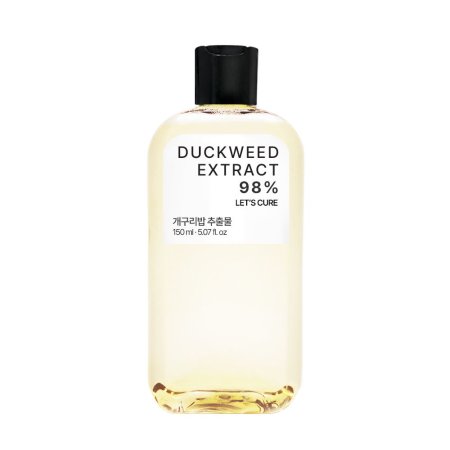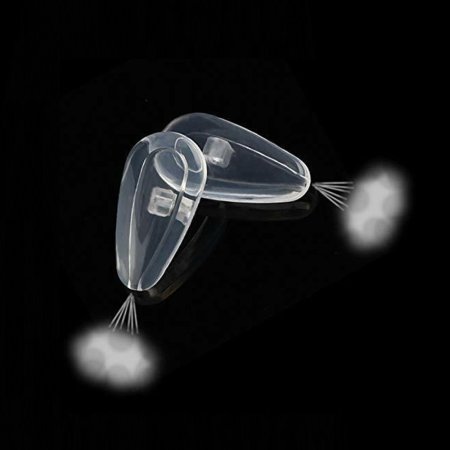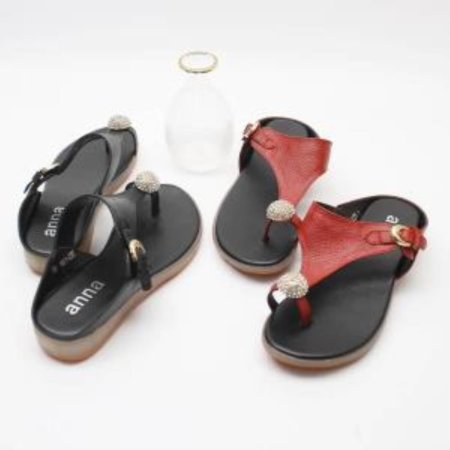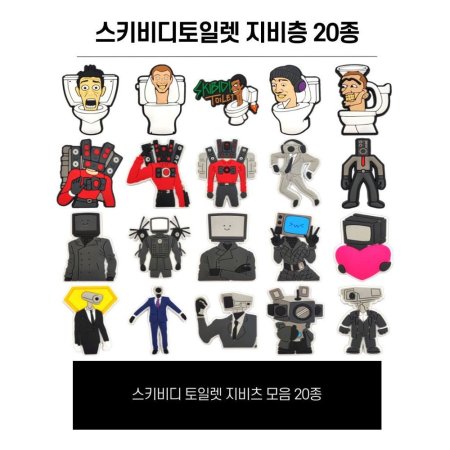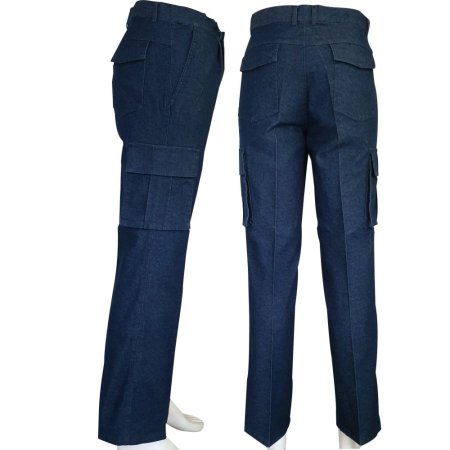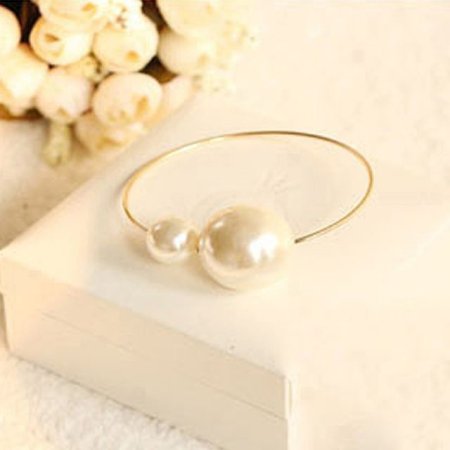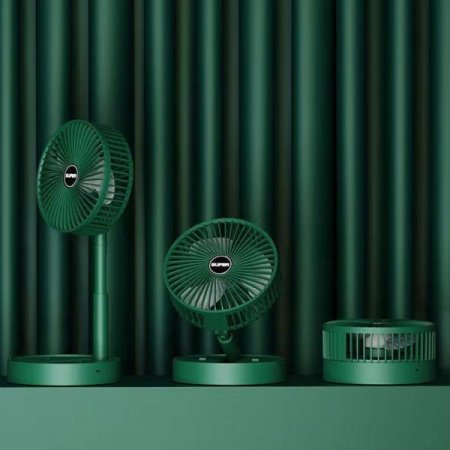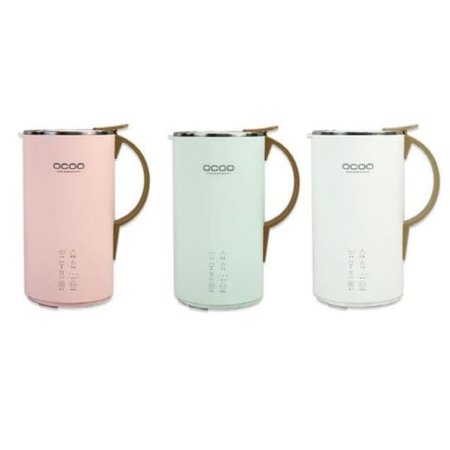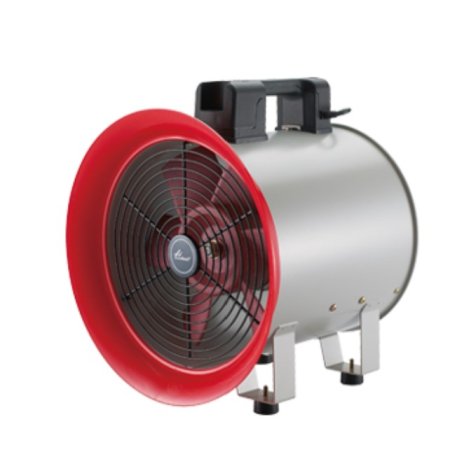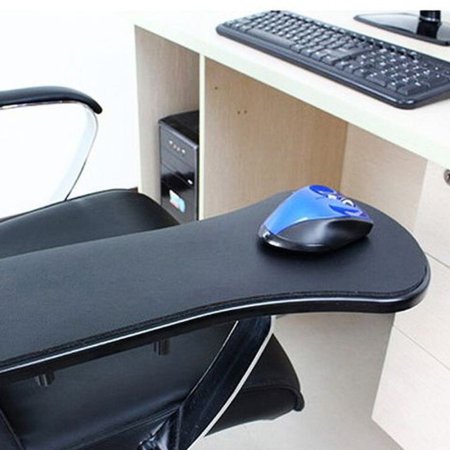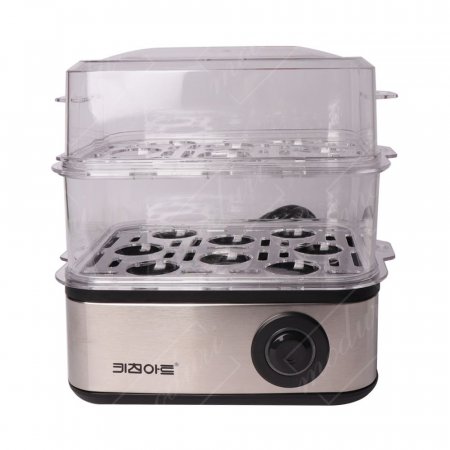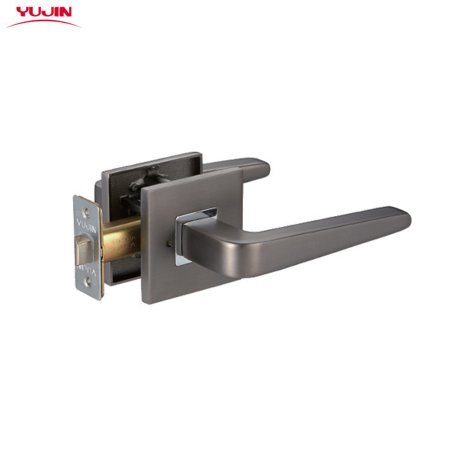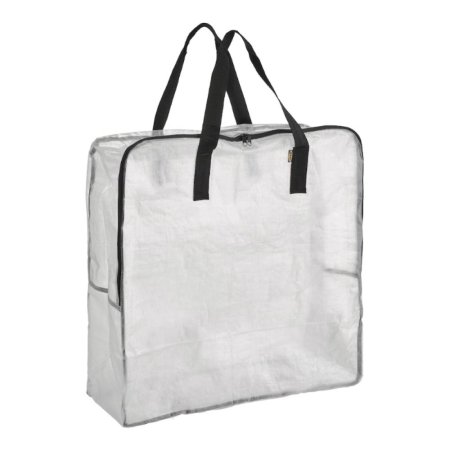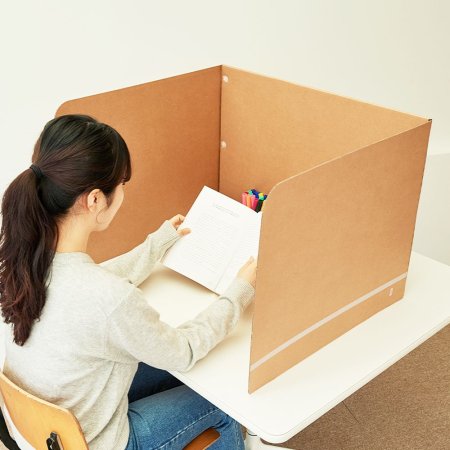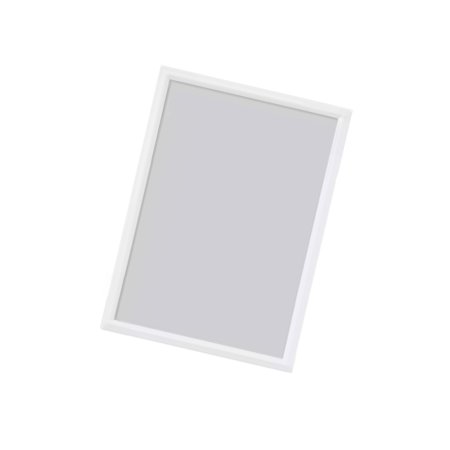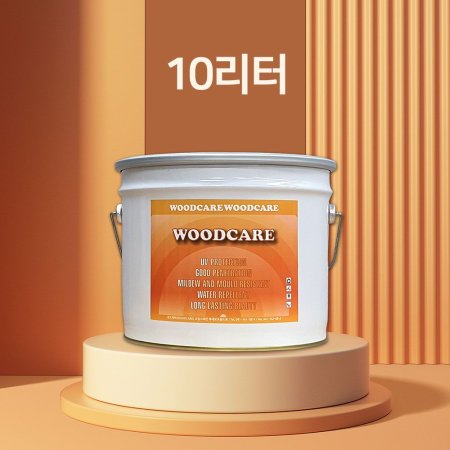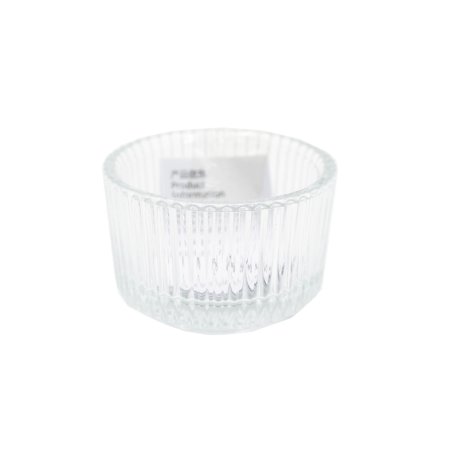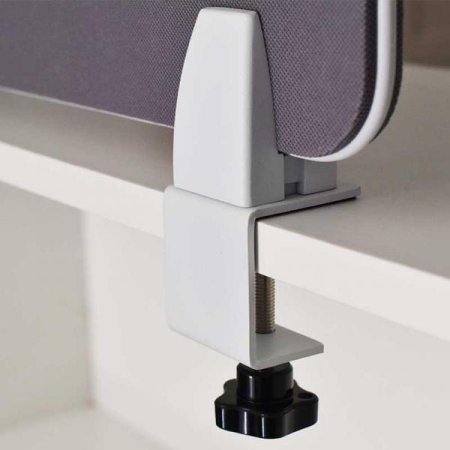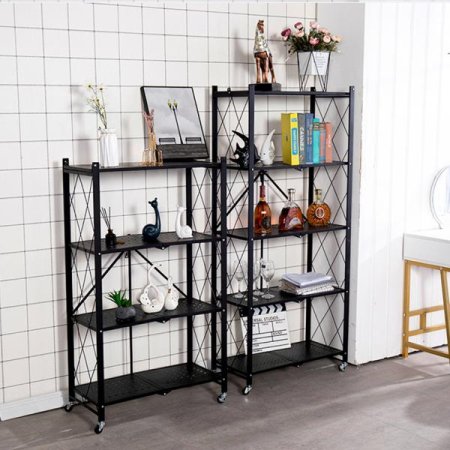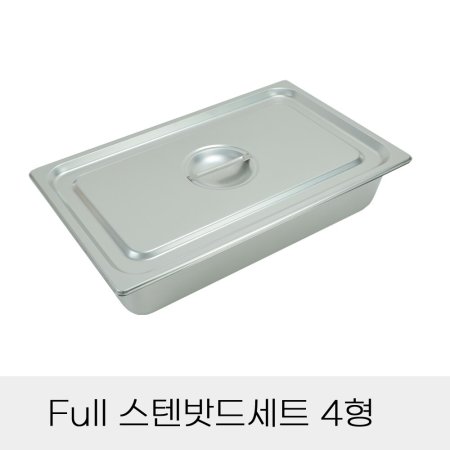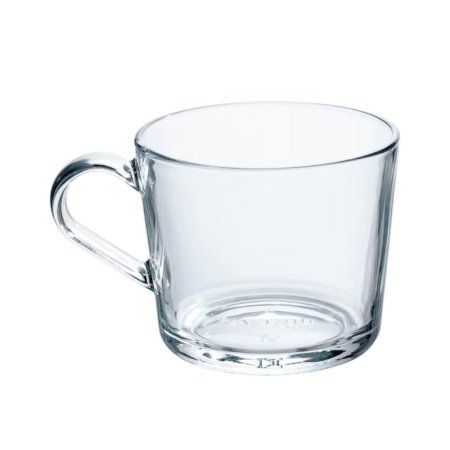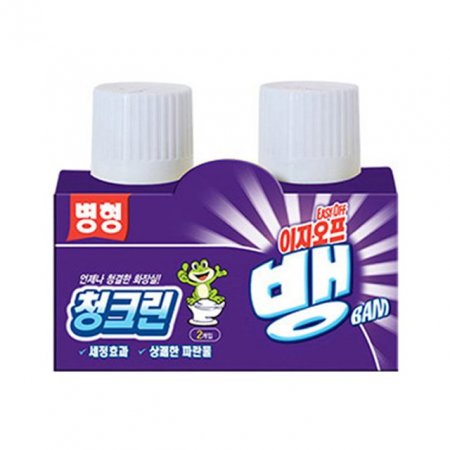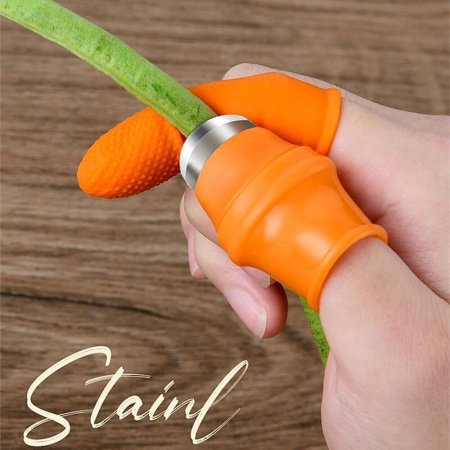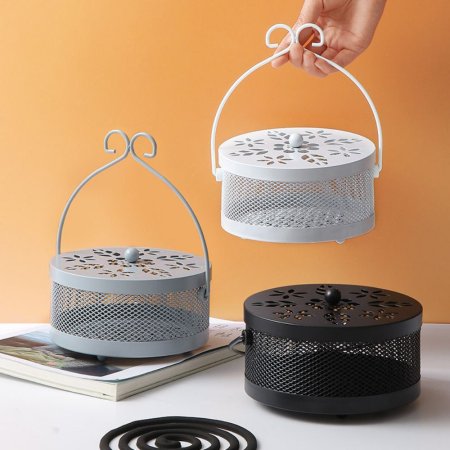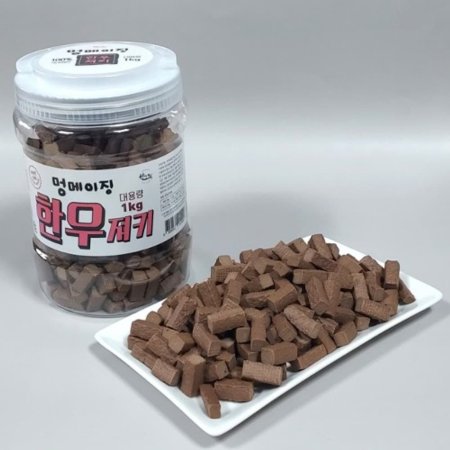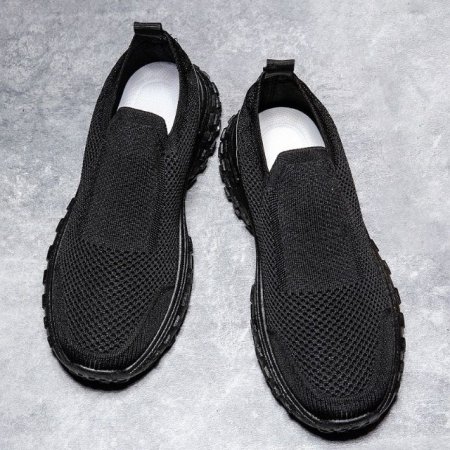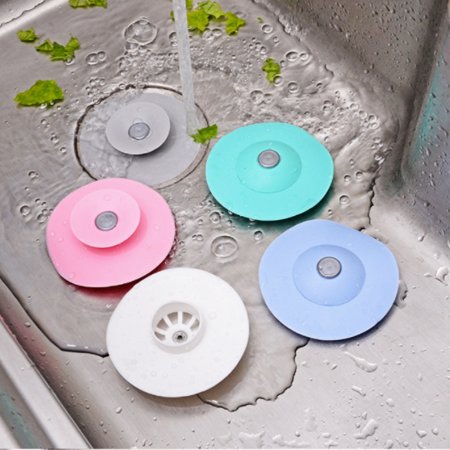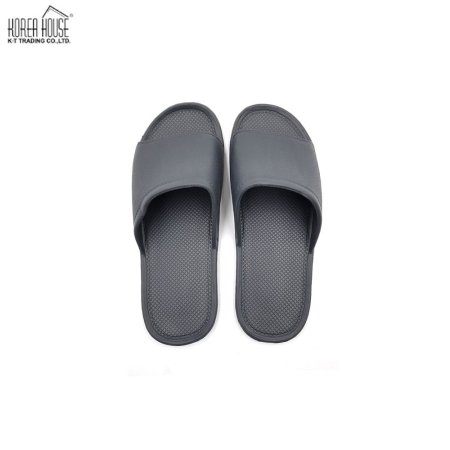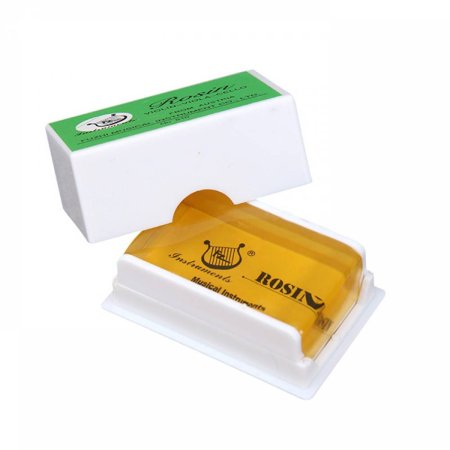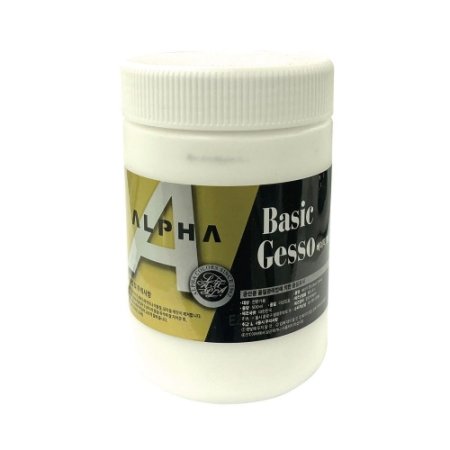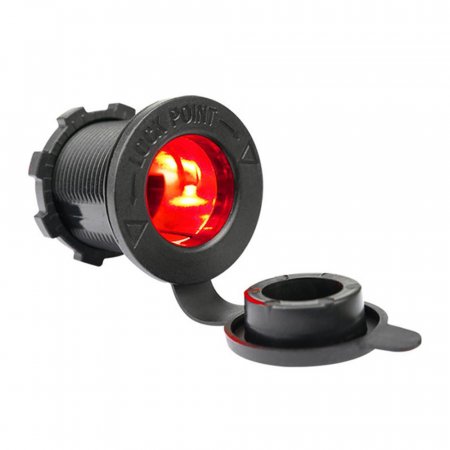[문화재청](국영문 동시 배포) 국립고궁박물관, 2월 추천 유물 ‘소나무와 학을 수놓은 병풍’ 소개

문화재청 국립고궁박물관(관장 김인규)은 2월의 ’큐레이터 추천 왕실 유물‘인 ‘소나무와 학을 수놓은 자수 병풍’을 박물관 1층 상설전시장 ’대한제국‘실에서 소개하고, 2월 3일부터 문화재청과 국립고궁박물관 유튜브에서 온라인 공개한다.
* 문화재청 유튜브: https://www.youtube.com/chluvu
* 국립고궁박물관 유튜브: https://www.youtube.com/gogungmuseum
이번에 소개하는 자수 병풍은 대한제국 황실에서 실내를 장식하는 데 사용한 병풍이다. 노안도(蘆雁圖)로 유명한 조선 말~대한제국 시기 화가인 양기훈(楊基薰, 1843~1911년)의 그림을 바탕으로 했다. 병풍의 9폭과 10폭에는 그림에 붙인 시와 함께 화가의 관서와 낙관까지 수를 놓았다. 그림에는 “신 패강노어 양기훈이 공경히 그리다(臣浿江老漁楊基薰敬寫)”라는 문구가 있어 고종(高宗, 재위 1863~1907년)에게 헌상하기 위해 제작된 것임을 알 수 있다. 궁중 회화에 화가의 관서(款署)와 인장이 있는 것은 대한제국 시기에 두드러지게 나타나는 특징으로, 1894년 도화서가 폐지된 후 화원(?員)이 제작하던 궁중 회화를 일반 화가에게 의뢰하거나 헌상받는 방식으로 조달하게 된 시대적 변화를 보여준다.
* 노안도(蘆雁圖): 갈대와 기러기를 함께 그린 그림으로 가을과 겨울 정취를 함께 그린 동양의 옛 산수화
* 관서(款署): 그림을 그리고 작가의 이름, 그린 장소나 제작일시, 누구를 위하여 그렸는지 등을 기록한 것
평안도 안주 지역의 자수인 ‘안주수(安州繡)’의 전형적인 특징을 보이는 병풍의 자수 또한, 이 시기 궁중에서 사용된 물품 제작 양상의 변화 흐름을 반영하고 있다. 조선 왕실의 자수 제품의 제작은 궁중의 수방에서 침선 궁녀들이 전담해 왔으나, 19세기 말~20세기 초 각 지방에서 민간 자수가 발달해 전국에 유통되면서 궁중에도 다량 유입되었다. 안주수는 그 대표적인 예로, 대한제국 황실에서 평안도 지방 관청을 통해 자수 병풍의 제작을 의뢰해 구입하거나, 헌상을 받기도 했다. 근대기 황실 사진 중에도 안주수 병풍을 배경으로 찍은 사진이 있어 궁중으로의 유입 양상을 알 수 있다.
전시는 인원을 제한하지 않지만 코로나19 확산 방지를 위해 방역수칙을 준수하는 가운데 진행된다. 또한, 직접 방문하지 않아도 국민 누구나 볼 수 있도록 국립고궁박물관 누리집(gogung.go.kr)과 문화재청과 국립고궁박물관 유튜브에서 국·영문 자막과 함께 해설영상도 공개한다.
The National Palace Museum of Korea Presents Folding Screen Embroidered with Pine Tree and Crane Design as the Curator’s Choice for February
- A Folding Screen That Once Decorated the Korean Imperial Court to Be Presented in the Gallery and Online / Starting February 3 -
The National Palace Museum of Korea (Director: Kim In Kyu), an affiliate of the Cultural Heritage Administration of Korea, has selected Folding Screen Embroidered with Pine Tree and Crane Design as its “Curator’s Choice from the Royal Treasures” for the month of February. In addition to being displayed in the Korean Empire gallery on the first floor of the museum, it will be presented virtually in a YouTube broadcast on the channels of the Cultural Heritage Administration and the National Palace Museum of Korea starting February 3.
* National Palace Museum of Korea YouTube: https://www.youtube.com/gogungmuseum
** Cultural Heritage Administration YouTube: https://www.youtube.com/chluvu
This embroidered folding screen was used to decorate interior spaces within the Korean imperial court. It was modeled on a painting by an artist named Yang Gi-hun (1843?1911), who was active in the late Joseon Dynasty and Korean Empire period and was renowned for his paintings on the reeds-and-geese theme. The ninth and tenth panels feature a poem and a type of inscription known as a gwanseo* reading “臣浿江老漁楊基薰敬寫” (meaning, painted respectfully by your subject, Yang Gi-hun (sobriquet: Paegangnoeo)). This indicates that the screen was provided as tribute to Emperor Gojong (r. 1863?1907). A gwanseo inscription and seals of the artist are unique features of court paintings produced during the Korean Empire period. They demonstrate the change from court paintings being produced by the Dohwaseo (Royal Bureau of Painting) to procurement by direct commission or tribute from freelance artists following the abolition of the bureau in 1894.
The embroidery on this screen reflects the characteristics of anjusu, the embroidery style of the Anju region in Pyongan-do Province (in present day North Korea). This also illustrates the changes that had taken place in the way that goods were procured for use in the royal court. The production of embroidered goods for the Joseon royal court had been the exclusive responsibility of court women in the Subang (Embroidery Room). However, distinctive local embroidery styles developed in the provincesaround the late nineteenth to twentieth century. Works of embroidery began to be distributed throughout the nation and were eventually introduced to the imperial court in large quantities.Anjusu is one example, and it is known that the Korean imperial court commissioned or received as tribute embroidered folding screens through the local government office in Pyongan-do Province. Moreover, there are photographs of the Korean imperial court with anjusu folding screens in the background, further demonstrating their presence in the court.
Although there are no restrictions on the number of visitors allowed in the gallery, all visitors to the museum must abide by the requirements in place to reduce any potential spread of COVID-19. Those who are unable to visit the gallery in person can still enjoy this month’s Curator’s Choice virtually through a video with Korean and English subtitles available on the museum’s website (gogung.go.kr) and on the YouTube channels of the museum and of the Cultural Heritage Administration of Korea.
[자료제공 :










